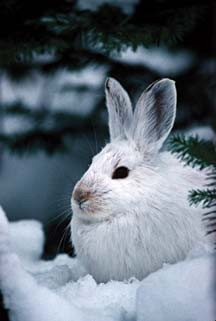On Tuesday, Nov. 5, How On Earth brings you one short report and two features:
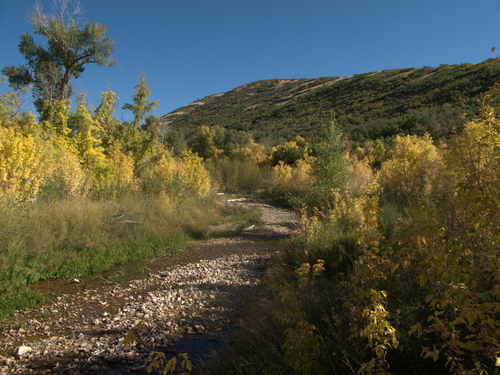 Feature 1 – Salt Lake City’s Drier Future (start time 4:25): Guests Laura Briefer and Tim Bardsley talk with How On Earth’s Jim Pullen about how science is helping water management planners in Salt Lake City prepare for an uncertain—and drier—future. Briefer is the water resource manager for Salt Lake City’s Department of Public Utilities and Bardsley is a hydrologist working with Salt Lake City via University of Colorado’s Western Water Assessment.
Feature 1 – Salt Lake City’s Drier Future (start time 4:25): Guests Laura Briefer and Tim Bardsley talk with How On Earth’s Jim Pullen about how science is helping water management planners in Salt Lake City prepare for an uncertain—and drier—future. Briefer is the water resource manager for Salt Lake City’s Department of Public Utilities and Bardsley is a hydrologist working with Salt Lake City via University of Colorado’s Western Water Assessment.
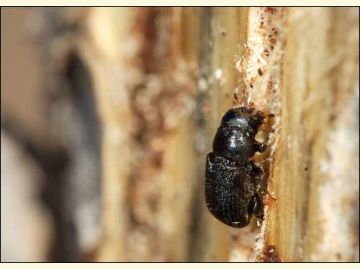 Feature 2 – Spruce Beetle Outbreak (start time 15:12): We continue with the climate theme, but bring it away from the cities and into the forests. Picture this: Up high, in the mountains of Colorado, a small beetle, about the size of a grain of rice, works its way into the bark of a spruce tree, where it burrows in to find some tasty morsels—the tree’s reproductive tissues. Here it will feast, and, under the right conditions, kill the tree. This is not the more familiar mountain pine beetle, but a spruce beetle. Same idea, different tree. And the scale of a current spruce beetle outbreak in our state is being referred to by CU researchers as “massive.” University of Colorado ecologist Sarah Hart tells How On Earth’s Beth Bartel more about Colorado’s spruce beetle outbreak and the drought that’s causing it.
Feature 2 – Spruce Beetle Outbreak (start time 15:12): We continue with the climate theme, but bring it away from the cities and into the forests. Picture this: Up high, in the mountains of Colorado, a small beetle, about the size of a grain of rice, works its way into the bark of a spruce tree, where it burrows in to find some tasty morsels—the tree’s reproductive tissues. Here it will feast, and, under the right conditions, kill the tree. This is not the more familiar mountain pine beetle, but a spruce beetle. Same idea, different tree. And the scale of a current spruce beetle outbreak in our state is being referred to by CU researchers as “massive.” University of Colorado ecologist Sarah Hart tells How On Earth’s Beth Bartel more about Colorado’s spruce beetle outbreak and the drought that’s causing it.
 Short Report – Animal Tagging (start time 1:07): Does tagging animals affect the very behavior scientists are trying to study? Susan Moran reports on how one study finds that even small tags and equipment can drag marine creatures down. For more information, check out NOAA’s Pacific Islands Fisheries Science Center page and photos or, better yet, videos of model (mock?) turtles and their wind tunnels.
Short Report – Animal Tagging (start time 1:07): Does tagging animals affect the very behavior scientists are trying to study? Susan Moran reports on how one study finds that even small tags and equipment can drag marine creatures down. For more information, check out NOAA’s Pacific Islands Fisheries Science Center page and photos or, better yet, videos of model (mock?) turtles and their wind tunnels.
Hosts: Beth Bartel, Jim Pullen
Producer: Beth Bartel
Engineer: Jim Pullen
Executive Producer: Beth Bartel
Additional Contributions: Susan Moran
Podcast: Play in new window | Download (Duration: 22:48 — 31.3MB)
Subscribe:
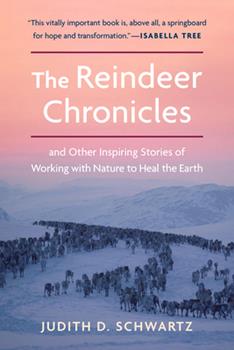





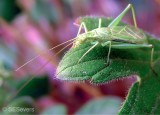
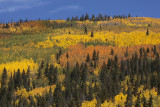

 With graduation season is upon us, today’s edition of How on Earth is the second of a two-part annual “Graduation Special”. Our guests in the studio today are scientists who will receive their Ph.D. in a STEM-related field. They talk about their thesis research, their grad school experiences, and what they have planned next.
With graduation season is upon us, today’s edition of How on Earth is the second of a two-part annual “Graduation Special”. Our guests in the studio today are scientists who will receive their Ph.D. in a STEM-related field. They talk about their thesis research, their grad school experiences, and what they have planned next. HyunJoo Oh – CU Boulder,
HyunJoo Oh – CU Boulder, 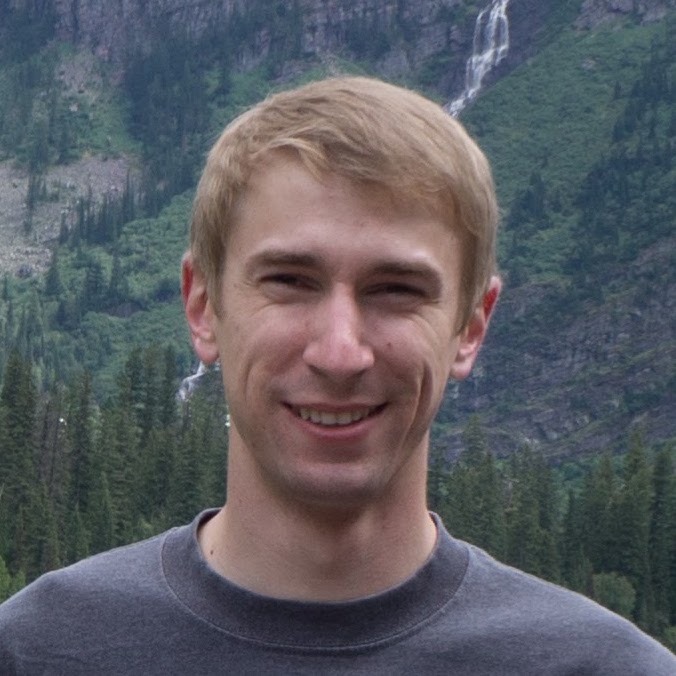 Nathan Parrish – CU Boulder,
Nathan Parrish – CU Boulder,  Diana Perry – Stockholm University,
Diana Perry – Stockholm University, 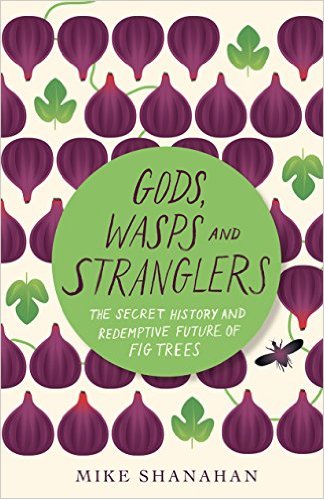
 Today’s feature has How on Earth’s Beth Bennett talking with Dr. Mike Shanahan, a biologist who has a degree in rainforest ecology. He has lived in a national park in Borneo, bred endangered penguins, and investigated illegal bear farms. His writing has appeared in
Today’s feature has How on Earth’s Beth Bennett talking with Dr. Mike Shanahan, a biologist who has a degree in rainforest ecology. He has lived in a national park in Borneo, bred endangered penguins, and investigated illegal bear farms. His writing has appeared in 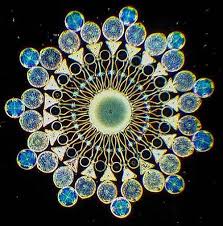

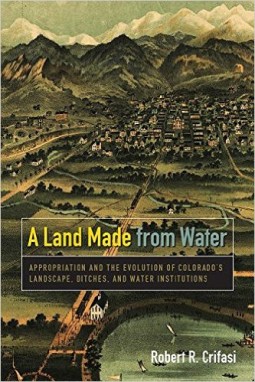
 Host Beth Bennett interviews Bob Crifasi, author of A Land Made of Water (starts at 4’55”). Bob works in water management and planning and is an environmental scientist with over 25yr experience. He was the Water Resources Administrator for the city of Boulder’s Open Space and Mountain Parks Dept. He has served on board of directors of 11 ditch companies and as the president of several, supervising all aspects of ditch operation.
Host Beth Bennett interviews Bob Crifasi, author of A Land Made of Water (starts at 4’55”). Bob works in water management and planning and is an environmental scientist with over 25yr experience. He was the Water Resources Administrator for the city of Boulder’s Open Space and Mountain Parks Dept. He has served on board of directors of 11 ditch companies and as the president of several, supervising all aspects of ditch operation.

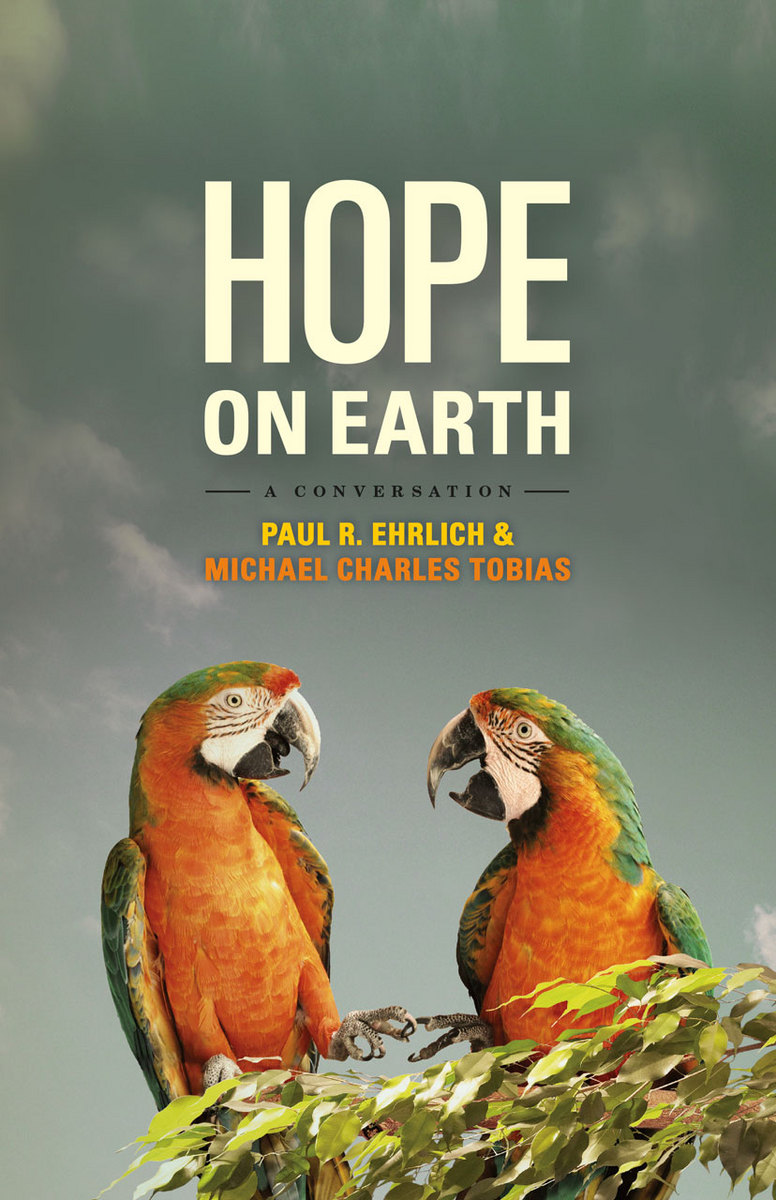
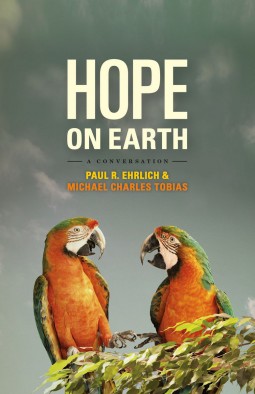 Hope On Earth (starts 7:08): Few people have thought as critically and deeply about the state of Earth and our role on it than
Hope On Earth (starts 7:08): Few people have thought as critically and deeply about the state of Earth and our role on it than 



